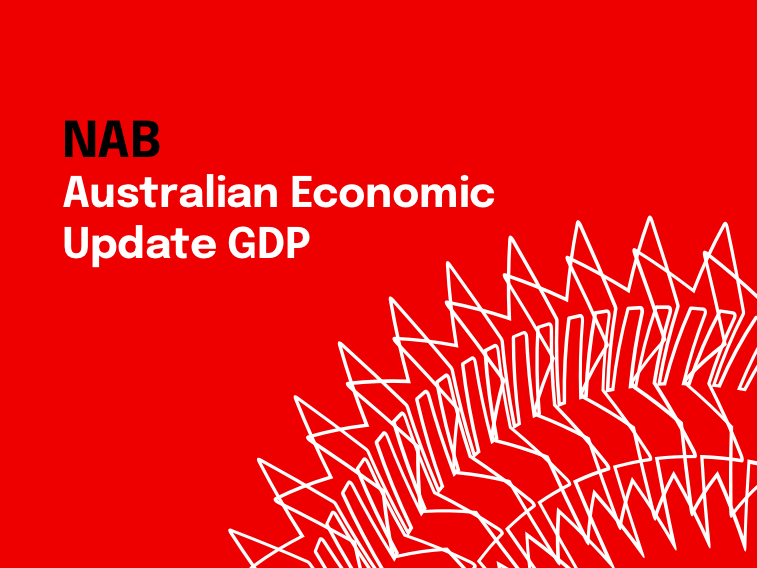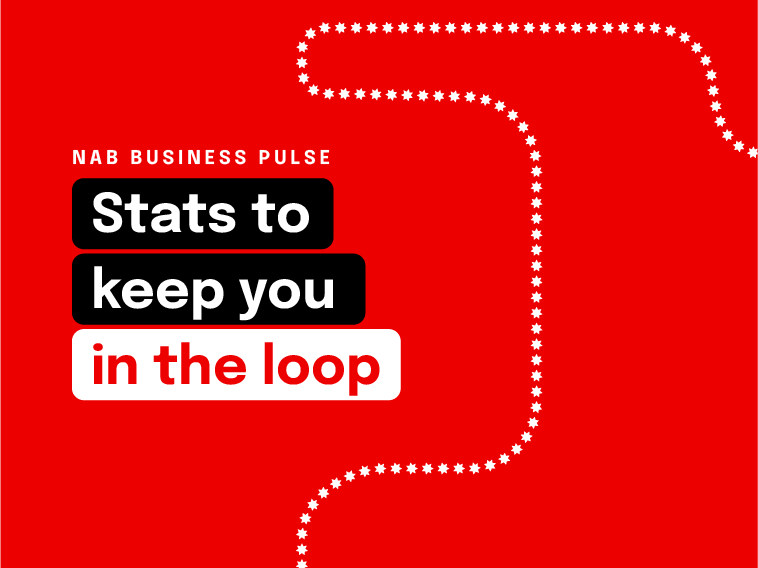Consumers lead the way


Insight
Interest rates are on hold but what are the other key indicators for the year ahead? We break it down.


Interest rates have hit a peak at 4.35%, according to NAB Economics forecasts. However, they’re unlikely to decrease any time soon. Our team expects it’ll be November before the Reserve Bank makes its move, the cash rate then gradually falling to around 3% by the end of 2025.
Inflation slowed considerably in 2023 – down to 4.2% year on year. It helped that global supply issues began to resolve, taking much of the pressure off the price of goods. While we don’t know how long this will continue, NAB Economics sees inflation returning to just over 3% by the end of 2024.
NAB Economics expects another year of growth in 2024, forecasting GDP growth of 1.7%. While cautious household spending will continue to be the main driver here – consumers, for the most part, putting needs squarely above wants – lacklustre business investment will also take its toll. As the team points out, though, things could have been much worse with the rapid rise in interest rates. Plus, consumer spending should improve as inflation eases further.
Our latest Monthly Business Survey shows that business confidence remains very weak – despite enjoying a small uptick in January. As our Group Chief Economist Alan Oster points out, this isn’t surprising given the slowing economy and continued cost pressures (although the growth in costs did ease somewhat over the second half of 2023). Business conditions, meanwhile, have dipped below their long-run average, with recreation and personal services experiencing the biggest decline. On the upside, capacity utilisation remains high.

The unemployment rate rose to 4.1% in January – although, as NAB Economics notes, there should be caution around this figure due to seasonal factors. Nonetheless, the labour market has certainly softened since mid-2023, reflecting a recovery in Australia’s population and a slowing in demand for labour. NAB Economics expects a further gradual easing throughout the year, which will take unemployment to 4.5% by the end of 2024. Keep in mind: that’s still below the pre-pandemic rate.
© National Australia Bank Limited. ABN 12 004 044 937 AFSL and Australian Credit Licence 230686.